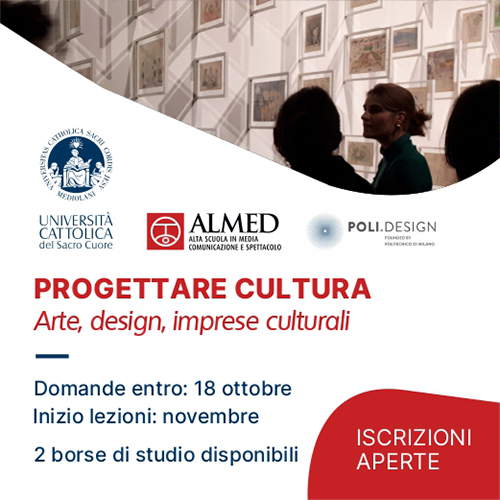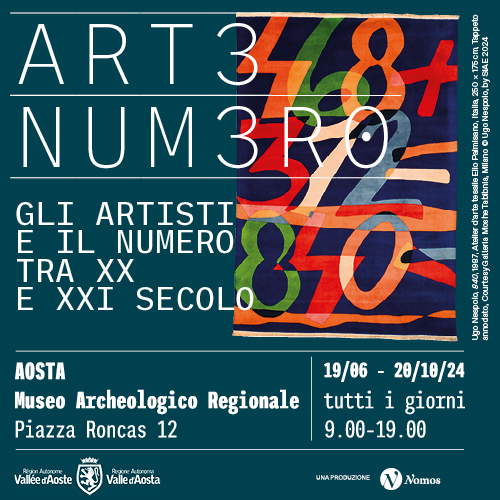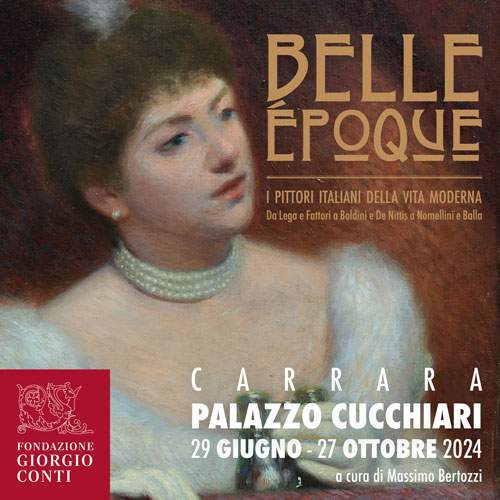Florence, after more than 100 years a 15th-century Madonna returns to Palazzo Davanzati
Returning home to Florence’s Palazzo Davanzati is the 15th-century polychrome stucco Madonna and Child, which was sold at auction in 1916 and can now once again be enjoyed by the public at the Museo di Palazzo Davanzati after spending more than a century in private collections. The relief, generously donated to the museum by collector Christian Levett, belonged to Elia Volpi, the antiquarian and restorer to whom, in the early twentieth century, the recovery of the palace was owed, which he bought, restored and fitted out to make it the place set aside for the exhibition of his works and for visitors to see an example of an early Florentine house, whose fame spread especially in the United States. Between Volpi’s acquisition and the ups and downs that eventually led to the purchase of the palace by the state and its opening to the public in 1956, the collection displayed in the building was auctioned off by the antiquarian several times and later reassembled with new works. The most famous sale was held in New York in 1916 by the American Art Association and accompanied by an illustrated catalog in which the work that now permanently returns to the permanent collection of the Florentine museum appears. Before that date, the relief was set up in the day room on the second floor of Palazzo Davanzati, where it has now been relocated almost a century later.
The work’s return constitutes a significant enrichment for the museum’s collection: the collection, set up today with pieces from various Florentine museums and from donations received at various stages, preserves other objects that belonged to Volpi, including the precious painted armory from the first half of the 16th century, the terracotta Volpi Madonna and some furnishings.
While other works passed equally at the auction held in New York in 1916 and purchased by private collectors have since found their way into public collections, the Levett stucco, on the other hand, underwent various collectors’ passages from private owners, remaining essentially unknown to critics, and its entry into the Italian state collections offers a relevant novelty for museum visitors and a renewed research opportunity for scholars.


The work is derived fromDonatello’s archetype in marble preserved at the Staatlische Museen in Berlin. Known as the Pazzi Madonna, Donatello’s marble prototype, datable to around 1420, arrived in Berlin in 1886 through the mediation of Stefano Bardini, who is also credited with the sale to the Louvre in Paris of one of twelve known ancient derivations from the same figurative model. Of these the specimen donated to the Museum of Palazzo Davanzati by Christian Levett is certainly among those of the highest quality, both in relation to modeling and polychromy. Missing in this and other derivations are the more innovative solutions of the Donatello archetype, the perspective niche and the classical whiteness of the marble.
“The Anglo-American community stationed in Florence,” says Paola D’Agostino, director of the Bargello Museums (of which Palazzo Davanzati is a part), “has always had a special relationship with Palazzo Davanzati, since the second half of the 19th century. The Davanzati-style also became highly sought after by antiquarians, collectors and interior designers at the beginning of the last century. For this, I am particularly grateful to Mr. Christian Levett who decided to donate to the museum a work so intimately connected to Elia Volpi, to the vicissitudes of the unique museum of the ancient Florentine house, and to Donatello’s fortunes from the fifteenth to the twentieth century. I would also like to thank Simon Gammell, director of the British Institute, for inviting me last spring to give a lecture at the British Institute devoted to the Museo di Palazzo Davanzati, following its refurbishment, in which Mr. Levett himself participated.”
“I am very happy to have played a small role in forging a relationship that led to the donation of this beautiful Madonna and Child to its ’home,’” comments Simon Gammell, director of the British Institute of Florence. “The British Institute of Florence is dedicated to supporting and celebrating the special relationship between the city Florence and the Anglo-American community residing in the city, continuing the great tradition of the Grand Tour to this day. I offer my congratulations to my friend Chistian Levett for this magnificent donation.”
“I am very happy to donate this remarkable survey to its original ’home,’” says Christian Levett. “Almost every day I pass by Palazzo Davanzati, and when I noticed that the relief in my collection had been sold to New York in 1916, the donation seemed the right thing to do: to return it to Palazzo Davanzati, where I will be able to admire it in the future, in its original location. My thanks also go to Dr. Paola D’Agostino, because this donation completes another excellent collaboration with her, after my commitment to fund the digital cataloging of the sculptures of the Bargello National Museum.”
For Chiara Travisonni, curator of the Museum of Palazzo Davanzati, “the polychromy gives the relief a more traditional look than the prototype, a choice that should not be attributed to its being intended for a necessarily uneducated or affluent public, but rather to the different function of these objects, designed for private devotion, to which the invocation contained in the inscription on the frame ’S(ancta) M(aria) INTERCEDE P(ro) NOBIS’ also seems to refer. The provenance from the Volpi collection, together with the work’s probable original destination to a private home, makes it particularly suitable for the collection of the Davanzati Palace Museum.”
 |
| Florence, after more than 100 years a 15th-century Madonna returns to Palazzo Davanzati |
Warning: the translation into English of the original Italian article was created using automatic tools. We undertake to review all articles, but we do not guarantee the total absence of inaccuracies in the translation due to the program. You can find the original by clicking on the ITA button. If you find any mistake,please contact us.




















